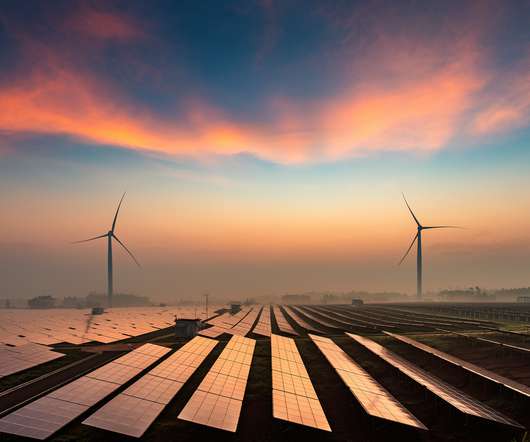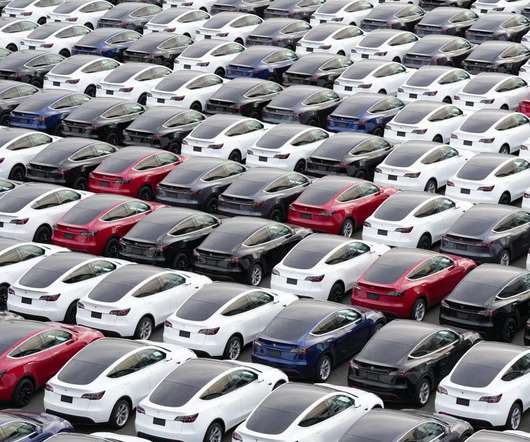How Will EV Charging Powered by Renewable Energy Create a Greener World
Driivz
MARCH 31, 2021
Renewable energy was the main source of energy before the discovery of oil, coal, and natural gas. Unfortunately, solar and wind energy aren’t always available due to fluctuating weather conditions – however, advances in battery technologies are making it easier to store them for “a rainy day.”. Renewables & EV Charging.












Let's personalize your content